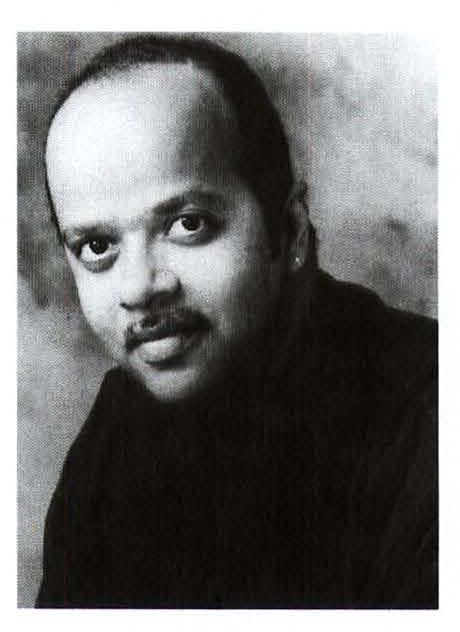Sign up for the Family Tree Newsletter Plus, you’ll receive our 10 Essential Genealogy Research Forms PDF as a special thank you!
Get Your Free Genealogy Forms
"*" indicates required fields

As a boy, I never knew where my mother was from, where she was born, or who her parents were. When I asked, she’d say, “God made me.” When I asked if she was white, she’d say, “I’m light-skinned,” and change the subject. She raised 12 black children and sent us all to college and in most cases graduate school. Her children became doctors, professors, chemists, teachers, yet none of us even knew her maiden name until we were grown. It took me 14 years to unearth her remarkable story.
She is an Orthodox Jewish rabbi’s daughter who married a black man in 1942. And she revealed her past more as a favor to me than out of any desire to revisit it. The Color of Water (Riverhead Books) is her life as she told it to me and betwixt and between the pages of her life, you find my life as well.
My mother was born an Orthodox Jew in 1921 in Poland and her family immigrated to America when she was 2 or 3 years old. My mother’s family ended up settling in the 1930s in Suffolk, Va., a town where both racism and anti-Semitism ran quite high. My mother ran away when she was 17, moved to Harlem and met my father and married him. At which point her family sat shivah for her, a Jewish mourning ritual. My father and mother ended up having seven children and then moving to Red Hook, Brooklyn, the housing project where I was born.
I interviewed probably a hundred people when 1 wrote this book, even though it’s based on my own memories. I went to where I used to live back in Brooklyn and Queens and talked to all my family. I interviewed all sorts of people who would give me details because the details, it’s really the story and God is in the details.
I didn’t show the manuscript to members of my family. It was just myself and my mother, because I felt every one of them has a different take on this, and I didn’t show Mommy the book until it was done. When she saw it, she sat in her room for a couple of days and cried. It was hard for her to take. But she felt that I had done a good job and it was a catharsis for her to get these things out, these secrets that were sort of broiling inside her all these years.
ADVERTISEMENT

